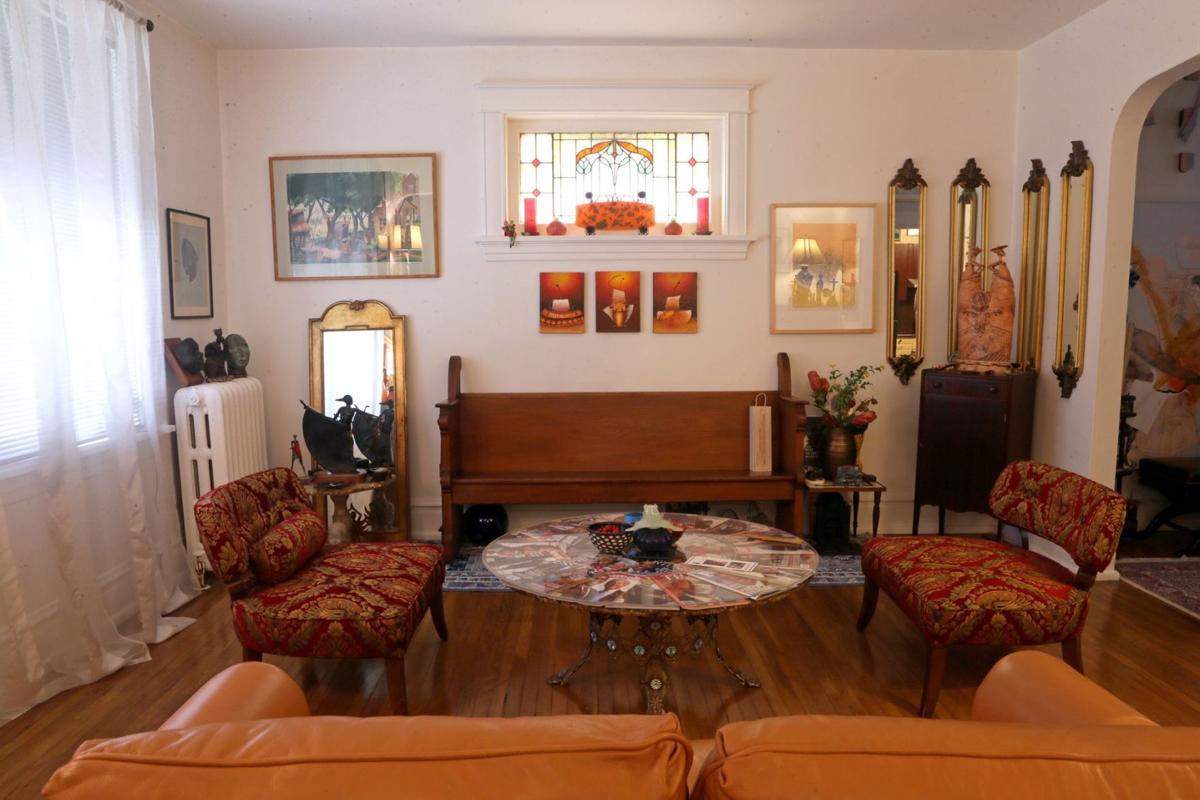Even though light itself is immaterial, it profoundly affects our experience of space. While the light fixtures are important parts of the material style mix, the quality of the light they generate affects not only how a room functions, but more important, how it feels. It has the power to make or break a mood.
Lighting designers regard light as a medium, like an artist views paint, and they use it to shape our perception of space by highlighting architectural elements, creating focal points, subtly washing walls with gradations of illumination, or creating contrast with brightness and shadows. Richard Kelly, a celebrated 20th-century lighting designer who is widely recognized as one of the founders of the modern architectural lighting profession, produced the lighting schemes for houses and buildings
created by some of the most highly regarded architects of the 20th century, including Philip Johnson, Mies van der Rohe and Louis Kahn, among others. He used light to influence a person’s experience of architecture—its forms, materials, scale, proportion, color, decoration, even its sense of durability and stability. He also defined three elemental kinds of light effects that can be used to influence the perception of any space, and these definitions of light continue to guide lighting designers today. He described these qualities of light as focal glow, ambient luminescence, and the play of brilliants—and anyone can work with these qualities to create visually appealing illuminationLight fixtures are among the most sculptural and decorative elements you can add to your home. It ’s important to choose pieces that not only complement your decor, but are proportionate with the architecture and furnishings.
The following tips will help you select and position them most effectively:
Balance scales.
Even if lamps flanking a bed or sofa don’t match, choose fixtures that have similar visual weight.
Be mindful of size.
When suspending pendants or chandeliers over a table or kitchen island, be sure they are at least 9 or 10 inches smaller in diameter or width than the table or island so that no one bumps while leaning forward.
Gauge the distance.
If you have an 8-foot-high ceiling, suspend a pendant or chandelier so that the bottom of the fixture is positioned approximately 30 inches above the tabletop. Increase the height of the fixture 3 inches for every additional foot of ceiling height. Chandeliers and pendants also allow you to highlight the vertical access or center of a room.
Move outlets off the wall.
Install outlets in the floor if your furniture floats in the center of the room, to keep unsightly cords contained and prevent them from tripping someone.
Ensure clear vision.
Try to keep the bottom of the lampshade of a floor lamp at about eye level of a seated person to prevent glare.
Position sconces for easy passage.
If you illuminate a hall with sconces, mount them about 6 to 8 feet apart for even illumination and about 5 feet from the floor to keep light around eye level.











